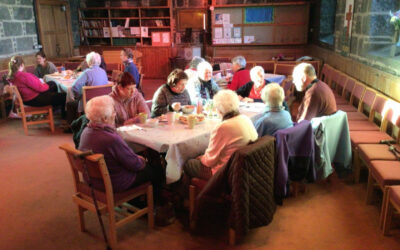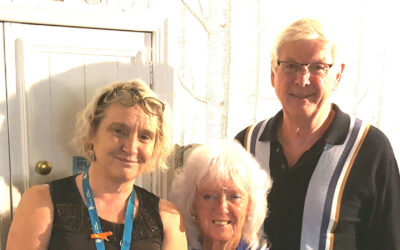From a human point of view, pandemics are seriously unwelcome.
However, the lockdown effect does appear to have benefited the mammal wildlife, both in my wildlife garden at Bampton, and small mammals in the hospital wildlife garden at Tiverton, which won the Rodney Huggins National Environmental Award in 2018.
The Tiverton Hospital Wildlife Garden is sponsored by Exe Valley Rotary.
There have been welcome sightings of a return of hedgehogs in and around our two hedgehog homes, with plenty of evidence left behind after their overnight excursions!
For the first time in 15 years we have enhanced their man-made habitats with hedgehog food, to attract them into the hedgehog homes.
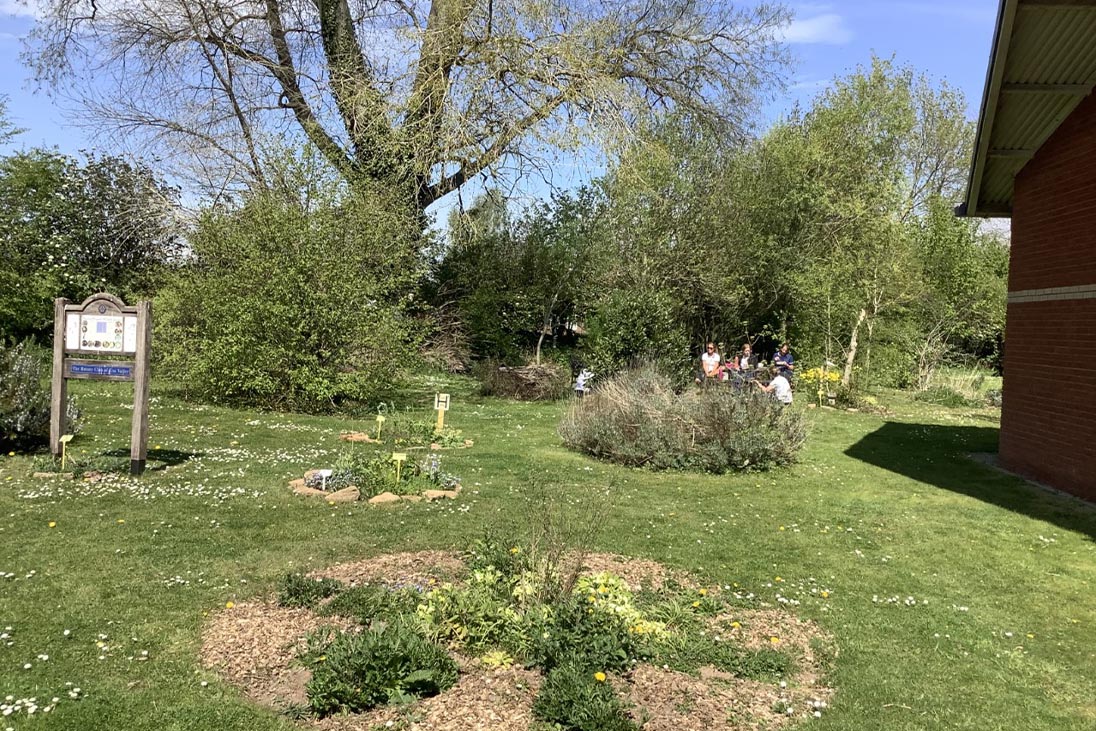

The Tiverton Hospital Wildlife Garden is sponsored by Exe Valley Rotary.
The water dishes alongside their homes were hugely popular during the long, dry spell in lockdown May.
The evening nursing staff have reported seeing family hedgehog groups on several occasions, and there have been many sightings of field mice and bank voles around the hedgerow area.
The garden is conveniently situated between Twyford and Blackdown wards at the hospital, which have windows looking out onto the garden.
The staff have used the garden every fine day to take a break from the ward routine, as have the more mobile patients, and report that they feel refreshed and more relaxed when they get into the fresh air, often greeted by hungry blackbirds and robins.
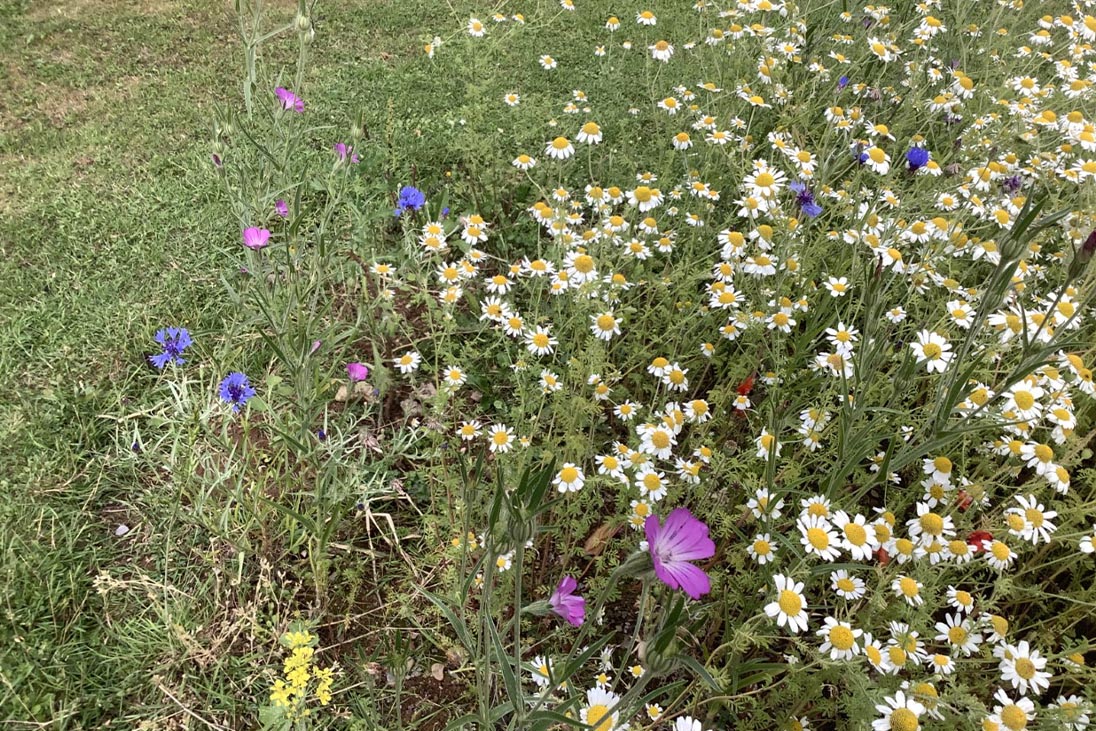

The evening nursing staff have reported seeing family hedgehog groups on several occasions, and there have been many sightings of field mice and bank voles around the hedgerow area.
Many of the staff report back about nesting birds in the nest boxes and hedgerow surrounding the garden.
They have seen two pairs of robins and wrens raising their fledglings successfully, together with blue tit, great tit, and house sparrow who have nested in four of the dozen or so hole fronted nest boxes.
I was delighted to see a pair of song thrush nesting at the farther end of the garden, away from the car park.
Sadly, the spotted flycatchers did not reappear this year, after two very successful visits raising their family over the last two years. There are plenty of grubs and insects for them —so perhaps next year?
Several members of our Mid Devon Wildlife Group came along and prepared two new flowerbeds last November.
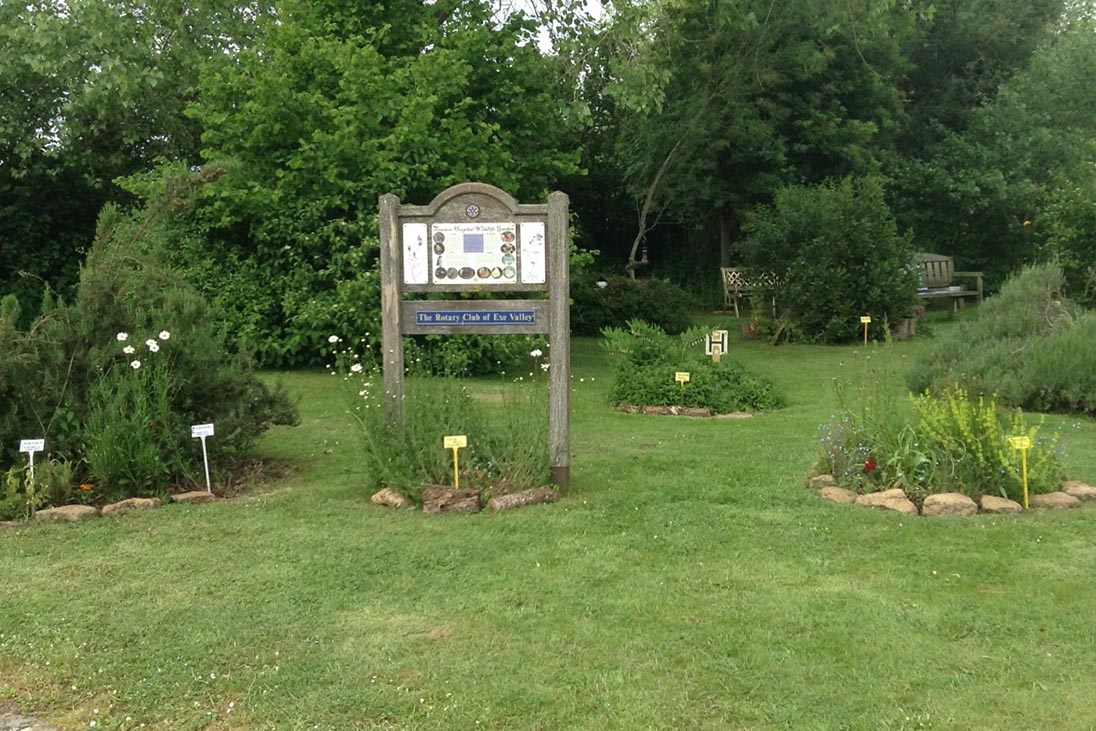

Several members of our Mid Devon Wildlife Group came along and prepared two new flowerbeds last November.
One was to display an alder buckthorn, transplanted from my Bampton garden, food plant for the Brimstone butterfly.
The other, some seven feet in diameter, was used as a wildflower scatter area, which has now bloomed with corncockle, field poppy, camomile, cornflower, and corn marigold, with ox eye daisy as the dominant flower.
The garden also has swathes of hedge garlic to attract the orange tip butterfly, which have been plentiful, and much admired by patients, staff and visitors alike.
We get many visitors who love the setting of the garden which has been a refuge during this wretched pandemic, feeling as safe and peaceful as the wildlife, a perfect setting to buffer the virus infection.








